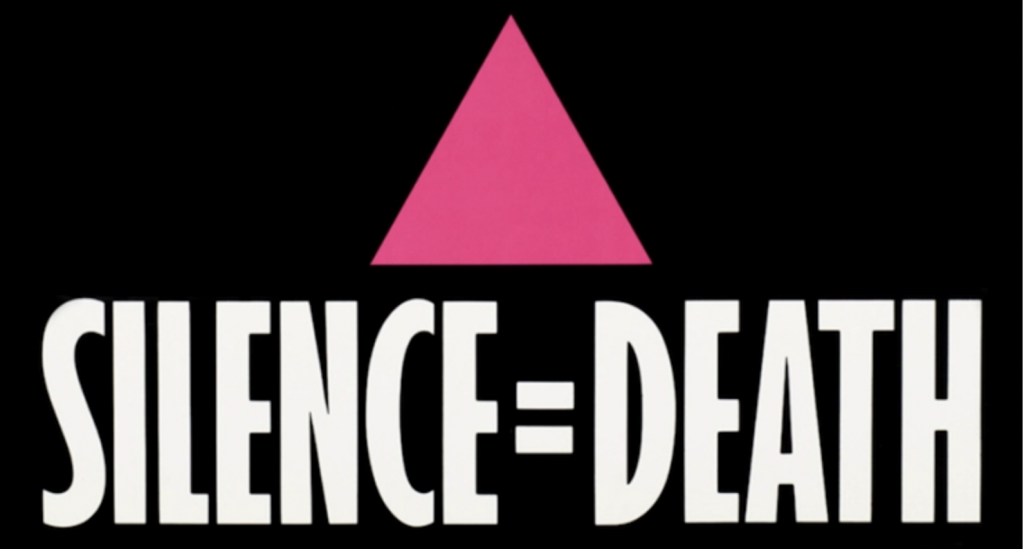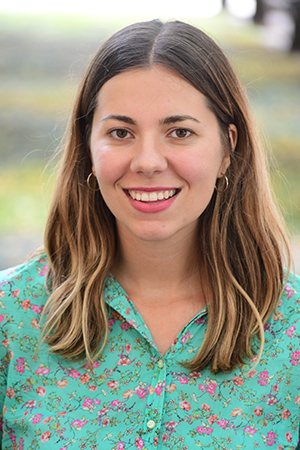Nikoleta (Nika) Sremac is a third-year Ph.D. Student in the Department of Sociology. She received her BA in Political Science – International Relations from Clark University in Worcester, Massachusetts. Her research focuses on the intersections of gender, culture, politics, and collective memory of mass violence in the U.S. and the Balkans. She is interested in the role of cultural production and political activism in processing past violence in the service of post-conflict reconciliation.
One of the most dangerous weapons in the world has been increasing in prevalence over the past few decades. This deadly weapon is not advancing technology, nuclear weapons, nor lethal biological warfare. Instead, it is something that is not immediately seen as a threat, something that undermines our sense of security due to perceived innocence and peacefulness. Women.
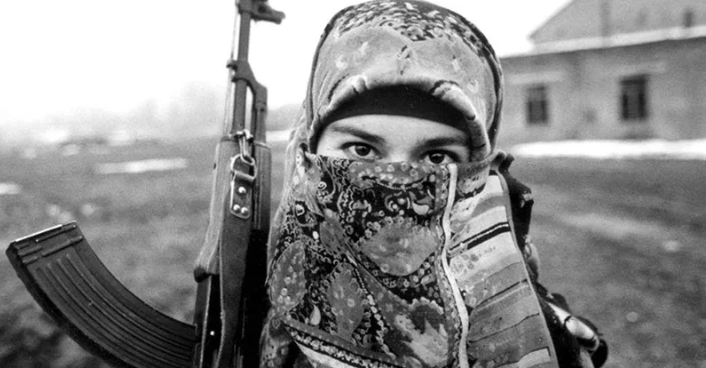
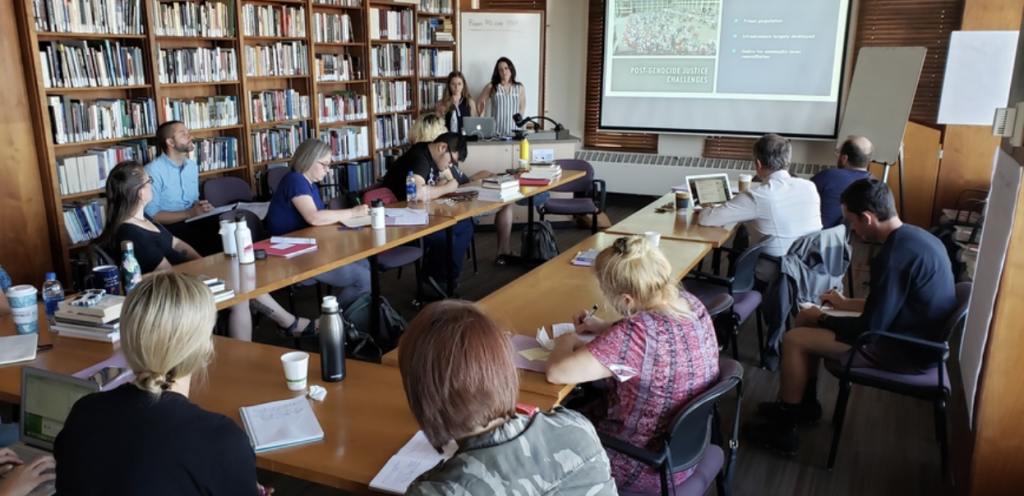
The Minnesota Department of Education (MDE) recently released the second draft of proposed social studies standards. The draft, part of a mandatory process to review teaching and learning standards every ten years, will not only secure but significantly expand Holocaust and genocide education across the state for years to come.
The months-delayed second draft follows the release of a controversial first draft in December 2020, which did not mention Holocaust and genocide education. The decision meant not carrying through the three existing references from the current social studies standards, which were adopted in 2011.
The CHGS collections include not only a diverse array of papers and physical objects but also many of the Center’s past lectures and events, as well as a backlog of oral testimonies from survivors of genocide. Not to mention: CHGS partners with the UMN Libraries to promote the USC Shoah Foundation’s Visual History Archive, which includes 55,000+ oral testimonies from genocide survivors.
Although this rich set of materials is used by faculty, students, researchers, and K12 teachers alike, there are obstacles to managing the collections. Arguably central, and accessioned at various points over time, are under-utilized parts of the collections that include artworks, photographs, materials from Center-sponsored exhibitions, and rare items from private donors. Two such collections are the focus of this blog post.
“Beautiful feelings make for bad literature.” French literary tradition has proved André Gide’s assertion wrong, of course. “Beautiful feelings” of empathy and commitment to equity infuse Victor Hugo’s Les Misérables and Emile Zola’s Germinal, which have remained on the international bestseller list for over a century.
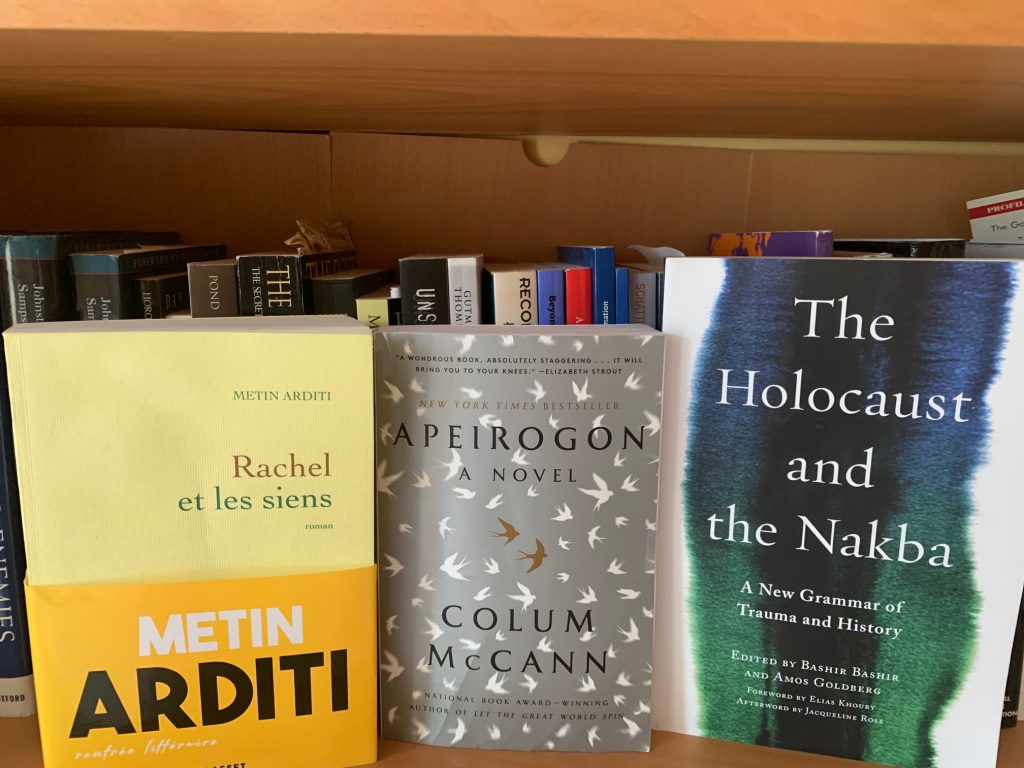
Recently, I had the opportunity to attend the virtual Minneapolis-Saint Paul International Film Festival, specifically a showing of short films about activism. While I watched several shorts, it was the gut-wrenching work of Director E.G Bailey in his film “Keon” that still has me reflecting on anti-Black violence in the United States and the racial climate in Minneapolis.

Eric D. Weitz’s untimely passing on Thursday, 1 July, sent shockwaves throughout the academic community. A distinguished professor of Modern European History at City College of New York, Eric was among the foremost researchers on human rights, the Armenian Genocide, Nazi Germany and the Holocaust, settler-colonial genocide in German Southwest Africa, and Weimar Germany.
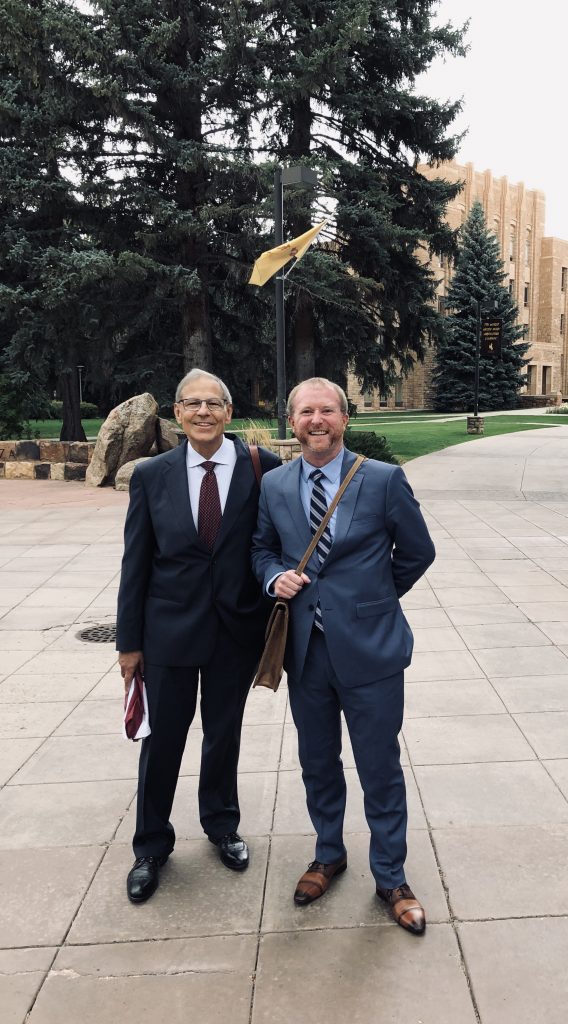
Until We Find Them (2021) is a short documentary film directed by Hunter Johnson that premiered at the 40th Minneapolis St. Paul International Film Festival. At first glance, it is an intimate portrait of the affective and working relationship between two journalists residing in Guadalajara, Jalisco. But as we look into the lives of Darwin Franco and Dalia Souza, reporters for ZonaDocs, we experience the way in which the journalists interact daily with the universe of disappearances in México, which, in the context of The War against Drugs, has generated more than 80,000 disappearances.
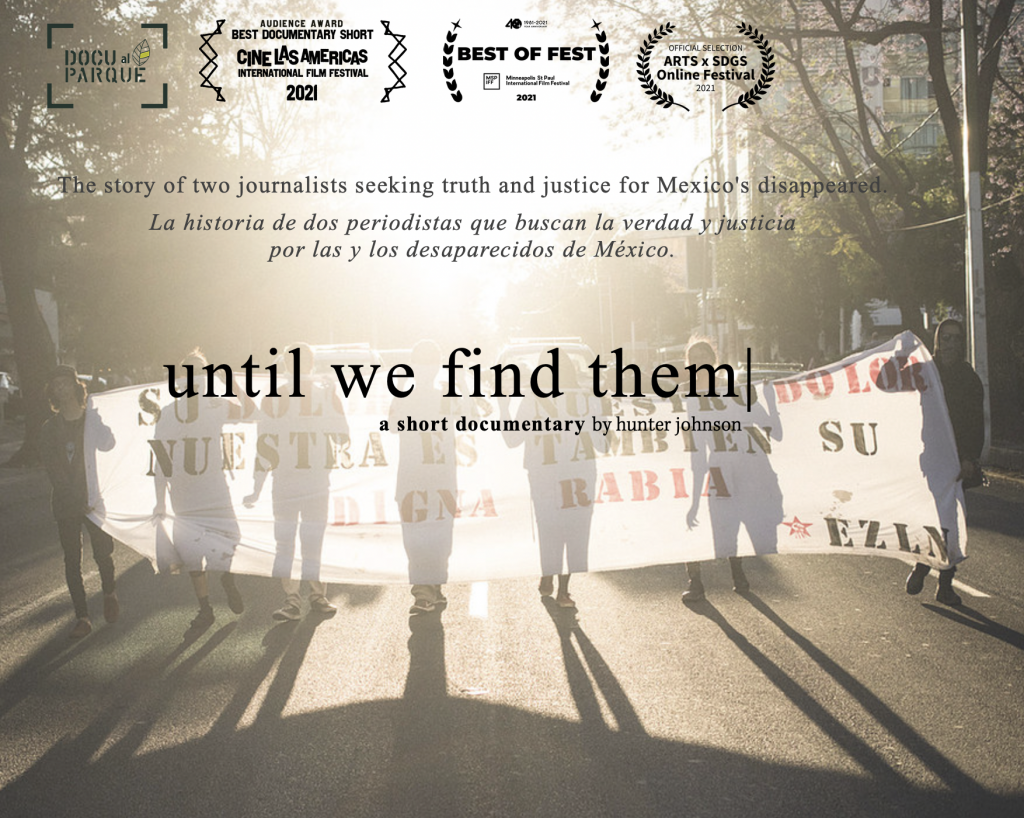
On April 28th, 2021, a strike against a tax reform started in Colombia, and almost two months later it is still ongoing. As of June 21st, official reports confirm that at least 72 people have been killed by the police or paramilitary groups and the number is growing every day. On June 8th, the Interamerican Commission of Human Rights visited the country to clarify the situation, and a formal statement is expected soon.
In this context of extreme violence, it is important to analyze alternatives for resolving the current crisis. Since the first day of the strike, the presence of the Indigenous movement has been salient. The Misak and the Nasa from the Cauca region, one of the most violent provinces of Colombia, have been particularly visible because of their approach to strike using non-violent actions. This article analyses the strategies of these two Indigenous groups and why their participation in the strike is key for the short- and long-term resolution of the crisis.
*Editors Note: This piece was originally posted by MinnPost.
During Pride Month, the University of Minnesota Center for Holocaust and Genocide Studies grapples with the complicated legacy of remembering and memorializing LGBTQIA+ individuals, who for too long remained absent from collective memory of the Holocaust and other acts of genocide or mass violence. As I worked to compile resources for K-12 and university educators teaching about these topics, certain patterns became clear. It is true that homosexual men are the subjects of existing Holocaust historiography, as men engaging in homosexuality were sent to concentration camps in large numbers, and they faced incredibly brutal treatment during and after the Nazi period. However, Nazis’ strictly prescribed roles for gender and sexuality also meant that others fell victim to state violence and persecution and post-war, queerphobic, collective amnesia.
